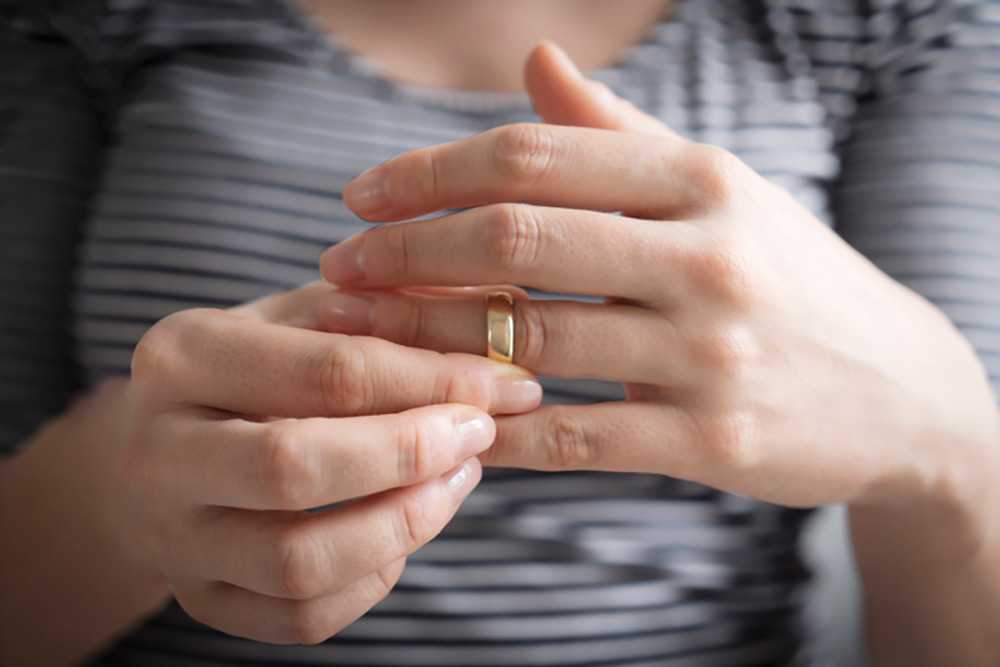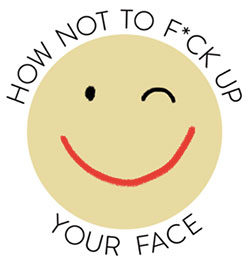By Valerie Monroe
If you’re interested in feeling happier about your appearance—especially as you age—you might like reading what she has to say about it. For more of her philosophical and practical advice, subscribe for free to How Not to F*ck Up Your Face at valeriemonroe.substack.com.
THIS IS EITHER an old-fogey warning (“fogey,” by the way, possibly derived from the Scots word “foggie” meaning “covered with moss or lichen”) or an indication that the editors at The New York Times are losing their grip.
The reporting in this story about the history of the eyebrow-less face is intriguing—but the how-to advice? If you’ve recently been tempted to shave off your eyebrows, I say put down the razor. Though I fully understand why Britney Spears was inclined to mow her head, if you’re a civilian and thinking about removing one of the facial features most likely to communicate your emotions, I’d advise you to first engage in some self-reflection. If at the conclusion of that reflection, you’re sure you want to resemble an alien (and elicit an alarmed or just disconcerted reaction from human companions), as my grandmother might’ve said, zei gezunt. This fogey? Count me out.
◊◊◊◊◊◊◊◊◊◊◊◊◊
Every once in a while—usually because of a couple of long flights and the advent of cold weather—my skin gets super dry. When my face starts seriously flaking, I quit my nightly prescription retinoid and instead use only a moisturizer. After a few nights, I can usually resume the retinoid. But when my skin refuses to pony up the moisture even on a no-retinoid diet, I thirst for more powerful hydration.
A PR person recently sent me a cream that seems to work well to restore the skin barrier. You’re supposed to pump a bit of lotion into your palm, rub your hands together, and then apply it in light strokes, which is a good suggestion, as it’s a little thick and balm-y. But it absorbs pretty quickly—and, most important, I noticed my face wasn’t dry in the morning. I’m began layering it over the prescription retinoid, so far without flaking. I don’t think I’d use the stuff now, in the summer—too heavy—but it seems a fine solution for winter dry-face. (A reminder: I have zero affiliations with beauty companies; whatever I recommend here is because I like it.)
Is your whole lovely carcass dry? Stop the long, hot showers, of course, and try this excellent moisturizer, recommended by HNTFUYF DermDiva Heidi Waldorf.
Speaking of dry skin, a reader recently wrote about a problem with what she called “ring rot” that develops in cold weather on her wedding band finger. Having noticed something similar on my own hand, I was especially curious about what it is and how to fix it. I’d rather call it “ring rub” or “fiery finger,” but it is what it is. And what actually is it?
For some reason, this Dear Reader submitted her query in what appears to be a poem. I thought about reworking it, but finally decided it has a certain charm.
Q: For 23 years now every fall or winter (not sure why)
I get this nasty ring rot ring finger.
It gets red itchy scaly weird
I stop wearing my wedding ring
I apply cortisone
I apply tea tree oil
I dry my hands fully after each wash
Slowly it goes away
Then repeats
Yes my wedding ring is thick
Yes it may have gaps on the inside
But I’ve had other rings over the years
for my wedding band and different metals
I started with platinum
Then, I did a new one 8 years ago in gold
Same issue
Do I need to get it tattooed
as my husband who’s covered in them
keeps suggesting
I don’t want that
Do I need to be a sans-wedding ring married woman?
Don’t want that either
Maybe I need to be a simple gold band girl?
SOS help!!
A: The more I read this question, the more I know it was written by the ghost of e.e. cummings. So, hello, e.e., and welcome!
i am
so glad (so
glad) am I
to
see
you see!
you
here
And now, HNTFUYF DermDiva Heidi Waldorf offers her best advice.
“For a myriad of reasons, not least of which is you not wanting one, I don’t recommend getting a tattoo on your finger,” she said. As for a diagnosis: “I don’t think this is a contact dermatitis, because you say it happens regardless of the kind of metal you’re wearing.” In an important side note, Waldorf comments that most gold contains nickel, which is a common allergen. So platinum—one of the purest metals—would be a better choice than gold if you’ve got a nickel allergy.
“From your description, it sounds like you’ve developed an eczematous dermatitis from moisture, soap, and water getting underneath the ring,” said Waldorf. What to do? “Treatment for the rash is a topical corticosteroid applied twice daily as needed. Skip the tea tree oil. Then, keep up with the prevention as you described it,” she said. In other words, take off the ring or wear non-latex, cotton-lined gloves when your hands will be submerged for any length of time and dry wet hands well before putting your ring back on.
Before bed, remove your ring and apply a moisturizer containing a humectant (glycerin, hyaluronic acid), occlusive (petrolatum, shea butter), and emollient (dimethicone, cyclomethicone). Silicones are especially good barriers to moisture, advised Waldorf. She recommends this hand cream and this one.
If you’re consistent about care, and your ring finger zinger continues to be a problem, a visit with your dermatologist is in order.

.



